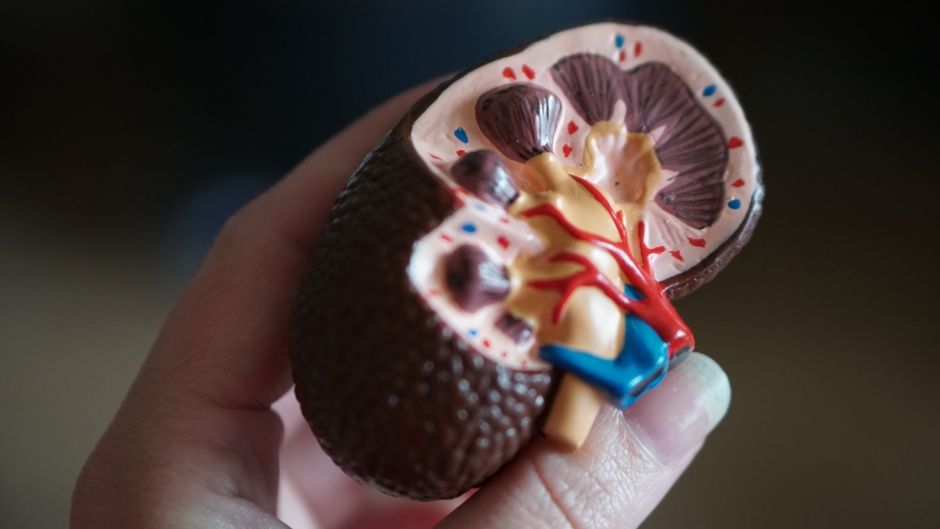FILTERING and ion transport, the primary functions of the kidney, have been simulated in a device created by chemical engineers at the University of Arkansas, Fayetteville, Arkansas, USA. The novel technology is hoped to improve the treatment options for patients in the final stages of renal disease.
Affecting 37 million people in the USA alone, forms of chronic kidney diseases require either dialysis or, in severe cases, kidney transplant. Christa Hestekin, Associate Professor of Chemical Engineering at the University of Arkansas and the principal researcher of the study, described the process of designing the device: “Basically we created a synthetic nephron – the structure that filters blood to disperse nutrients to the body and remove waste material.”
By inserting platinum porous meshes between ion exchange wafers, the research team created an electrodeionisation wafer that can use applied voltage to create an electric field to force ions through membranes. Using the mesh electrodes enabled independent control of transport chambers, allowing for selection of physiologically relevant ions to mimic the specific ion transport that occurs within the kidney.
The Centres for Disease Control and Prevention (CDC) have reported that patients with chronic kidney disease generally wait around 10 years for a donated kidney, and it is estimated that 100,000 people die a year while awaiting a kidney transplant. Hestekin believes that this simulator of kidney function could work as either a stand-alone device or could be combined with peritoneal dialysis to offer additional treatment options to patients. A device that could save many lives and improve the quality of others, Hestekin is already looking to further advancing the technology: “Minor modifications to the device could enable it to function as a wearable and potentially implantable artificial kidney.”







